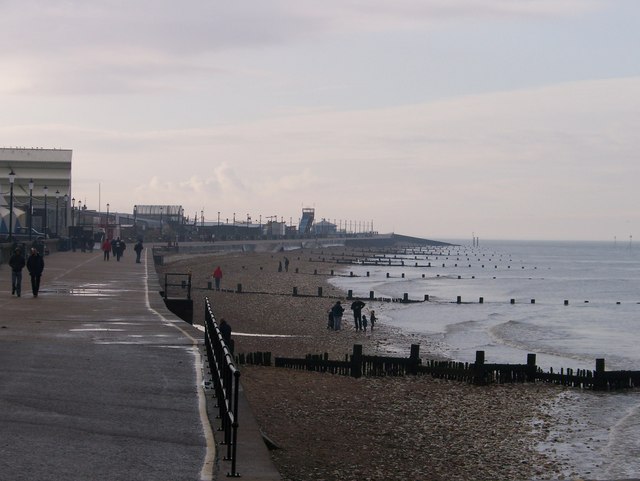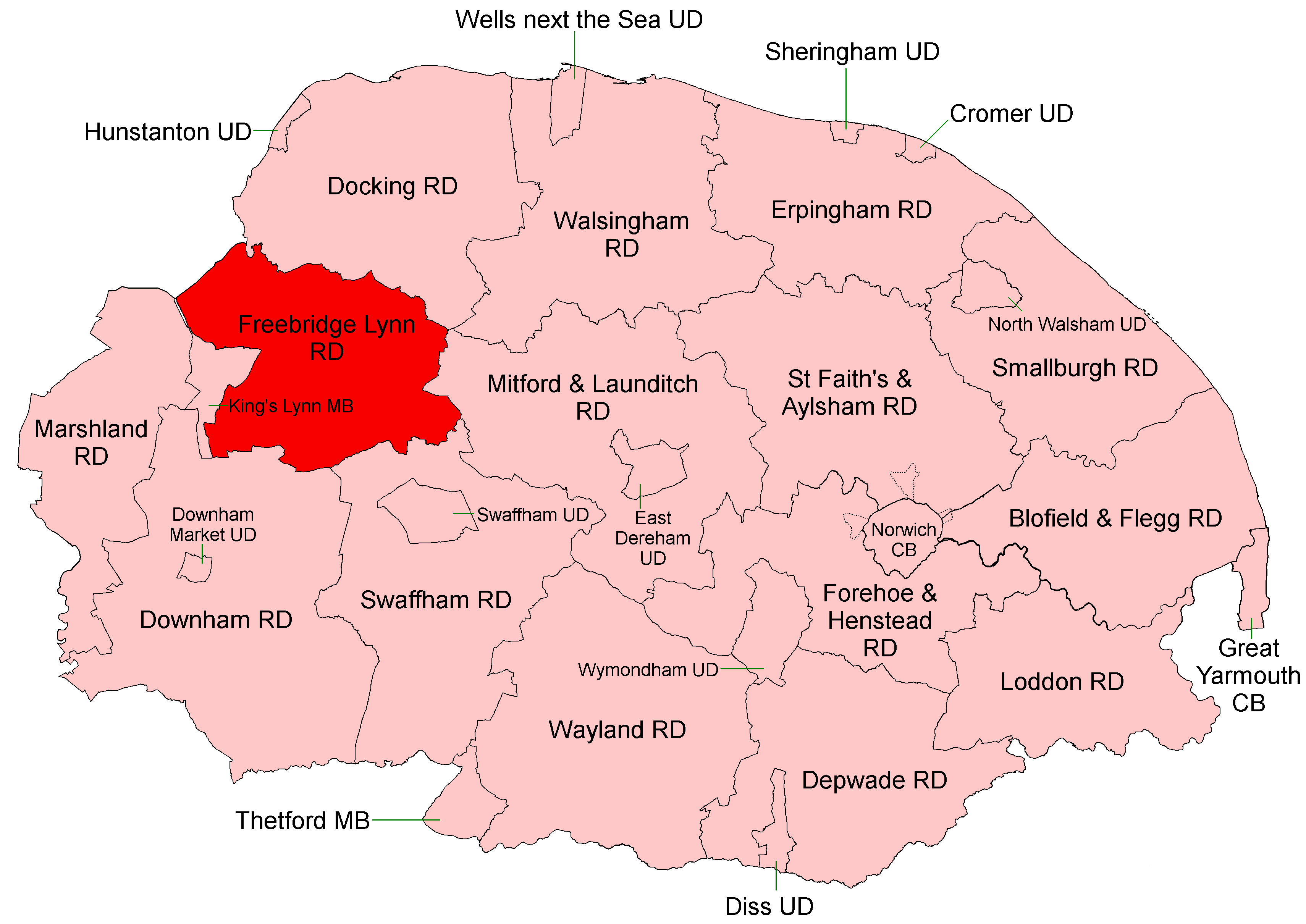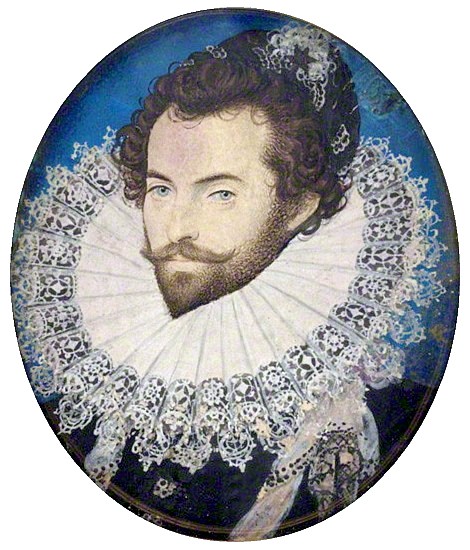|
Castle Acre
Castle Acre is a village and civil parish in the English county of Norfolk. The village is located on the course of the River Nar, north of Swaffham and west of Norwich. History Castle Acre's name is of Anglo-Saxon and Norman origin and derives from the Old English and Norman French for a castle close to cultivated land. The village is most famous for being the location of Castle Acre Castle which was built in 1085 by William de Warenne in order to enforce his control over his East Anglian lands. By the 12th century, the castle passed into the ownership of Hamelin Plantagenet who hosted both King Henry II and King Edward I in Castle Acre. By the 16th century, the castle lay mainly derelict yet had a procession of illustrious owners including Thomas Howard, Thomas Cecil and Sir Edward Coke. Today, the castle is maintained by English Heritage. In the Domesday Book, Castle Acre is listed with West Acre as a settlement of 130 households in the hundred of Freebridge. In ... [...More Info...] [...Related Items...] OR: [Wikipedia] [Google] [Baidu] |
King's Lynn And West Norfolk
King's Lynn and West Norfolk is a Non-metropolitan district, local government district with Borough status in the United Kingdom, borough status in Norfolk, England. Its council is based in the town of King's Lynn. The district also includes the towns of Downham Market and Hunstanton, along with numerous villages and surrounding rural areas. The population of the district at the 2021 census was 154,325. Part of the borough lies within the Norfolk Coast AONB, Norfolk Coast Area of Outstanding Natural Beauty. The borough lies on the coast, facing both The Wash to the west and the North Sea to the north. The neighbouring districts are North Norfolk, Breckland District, Breckland, West Suffolk District, West Suffolk, East Cambridgeshire, Fenland District, Fenland and South Holland District, South Holland. History The district was created on 1 April 1974 under the Local Government Act 1972, covering seven former districts which were all abolished at the same time: *Docking Rural Distri ... [...More Info...] [...Related Items...] OR: [Wikipedia] [Google] [Baidu] |
Henry II Of England
Henry II () was King of England The monarchy of the United Kingdom, commonly referred to as the British monarchy, is the form of government used by the United Kingdom by which a hereditary monarch reigns as the head of state, with their powers Constitutional monarchy, regula ... from 1154 until his death in 1189. During his reign he controlled Kingdom of England, England, substantial parts of Wales in the High Middle Ages, Wales and Lordship of Ireland, Ireland, and much of Kingdom of France, France (including Duchy of Normandy, Normandy, County of Anjou, Anjou, and Duchy of Aquitaine, Aquitaine), an area that altogether was later called the Angevin Empire, and also held power over Kingdom of Scotland, Scotland and the Duchy of Brittany. Henry was the eldest son of Geoffrey Plantagenet, Count of Anjou, and Empress Matilda, Matilda, daughter of Henry I of England. By the age of fourteen, he became politically and militarily involved in The Anarchy, his mother's efforts ... [...More Info...] [...Related Items...] OR: [Wikipedia] [Google] [Baidu] |
Cluniac Reforms
The Cluniac Reforms (also called the Benedictine Reform) were a series of changes within medieval Christian monasticism, monasticism in the Western Church focused on restoring the traditional monastic life, encouraging art, and caring for the poor. The movement began within the Benedictine order at Cluny Abbey, founded in 910 by William I, Duke of Aquitaine (875–918). The reforms were largely carried out by Saint Odo (c. 878 – 942) and spread throughout France (Burgundy, Provence, Auvergne (province), Auvergne, Poitou), into Kingdom of England, England (the English Benedictine Reform), and through much of Italy, northern Portugal and Spain. Background In the early 10th century, Western monasticism, which had flourished several centuries earlier with St Benedict of Nursia, was experiencing a severe decline due to unstable political and social conditions resulting from the nearly continuous Viking raids, widespread poverty and, especially, the dependence of abbeys on the local nob ... [...More Info...] [...Related Items...] OR: [Wikipedia] [Google] [Baidu] |
Raoul II Of Tosny
Raoul II de Tosny (c. 1027 - died 9 April 1102), lord of Conches-en-Ouche, was a Norman nobleman of the House of Tosny, son of Roger I of Tosny and older brother of Robert de Stafford / Tosny. He was active in Normandy, England and Wales. Before Hastings Raoul was probably a minor when his father Roger I of Tosny was killed in battle, and spent his minority under Richard of Evreux, who married his mother, Godehildis. At some point after 1054, Roger de Cleres, Ralph's vassal, killed Robert de Beaumont, son of Humphrey de Vieilles, finally avenging the death of Raoul's father, Roger I of Tosny. In 1054 Raoul participated in the Battle of Mortemer, probably as a standard-bearer of Duke William. Around 1061 Raoul was exiled and deprived of his lands, together with Arnold d'Échaffour and Arnold's cousin Hugh de Grandmesnil. They returned c.1063 thanks to the intercession of Simon de Montfort-l'Amaury and Waleran de Breteuil-en-Beauvaisis. Raoul married Isabel de Conches, daug ... [...More Info...] [...Related Items...] OR: [Wikipedia] [Google] [Baidu] |
Ely Cathedral
Ely Cathedral, formally the Cathedral Church of the Holy and Undivided Trinity of Ely, is an Church of England, Anglican cathedral in the city of Ely, Cambridgeshire, England. The cathedral can trace its origin to the abbey founded in Ely in 672 by St Æthelthryth (also called Etheldreda). The earliest parts of the present building date to 1083, and it was granted cathedral status in 1109. Until the English Reformation, Reformation, the cathedral was dedicated to St Etheldreda and St Peter, at which point it was refounded as the Cathedral Church of the Holy and Undivided Trinity of Ely. It is the cathedral of the Diocese of Ely, which covers most of Cambridgeshire and western Norfolk, Essex, and Bedfordshire. It is the seat of the Bishop of Ely and a suffragan bishop, the Bishop of Huntingdon. Architecturally, Ely Cathedral is outstanding both for its scale and stylistic details. Having been built in a monumental Romanesque architecture, Romanesque style, the galilee porch, lady ... [...More Info...] [...Related Items...] OR: [Wikipedia] [Google] [Baidu] |
Freebridge Lynn Rural District
Freebridge Lynn Rural District was a rural district in Norfolk, England from 1894 to 1974. It was formed under the Local Government Act 1894 based on the Freebridge Lynn rural sanitary district, and was named after the Freebridge Lynn hundred. It covered an area to the east of King's Lynn. It was reduced somewhat in 1935 when under a County Review Order, the civil parishes of Gaywood and North Lynn became part of the borough of King's Lynn. In 1974, the district was abolished under the Local Government Act 1972 The Local Government Act 1972 (c. 70) is an act of the Parliament of the United Kingdom that reformed local government in England and Wales on 1 April 1974. It was one of the most significant acts of Parliament to be passed by the Heath Gov ..., and became part of the West Norfolk district. Parishes References {{coord, 52.73, 0.53, type:adm3rd_dim:25000_region:GB-NFK, display=title Districts of England created by the Local Government Act 1894 Distr ... [...More Info...] [...Related Items...] OR: [Wikipedia] [Google] [Baidu] |
Hundred (county Division)
A hundred is an administrative division that is geographically part of a larger region. It was formerly used in England, Wales, some parts of the United States, Denmark, Sweden, Finland, Norway, and in Cumberland County in the British Colony of New South Wales. It is still used in other places, including in Australia (in South Australia and the Northern Territory). Other terms for the hundred in English and other languages include '' wapentake'', ''herred'' (Danish and Bokmål Norwegian), ''herad'' ( Nynorsk Norwegian), ''härad'' or ''hundare'' (Swedish), ''Harde'' (German), ''hiird'' ( North Frisian), ''kihlakunta'' (Finnish), and '' cantref'' (Welsh). In Ireland, a similar subdivision of counties is referred to as a barony, and a hundred is a subdivision of a particularly large townland (most townlands are not divided into hundreds). Etymology The origin of the division of counties into hundreds is described by the ''Oxford English Dictionary'' (''OED'') as "exceedingly ... [...More Info...] [...Related Items...] OR: [Wikipedia] [Google] [Baidu] |
West Acre
West Acre is a village and civil parish in the King's Lynn and West Norfolk district of the county of Norfolk, England. It covers an area of and had a population of 187 in 83 households at the 2001 census, the population increasing to 260 at the 2011 Census. All Saints' Church is a Grade I listed buildingWest Acre Theatreis a theatre, cinema and arts workshop created from a converted Primitive Methodist chapel. West Acre Priory of St Mary and All Saints was a monastic house, founded c.1100 by the de Toni family; the ruined priory gatehouse is Grade I listed. The village is on the Nar Valley Way pathway. West Acre is a parish of the Kings Lynn and West Norfolk district council, which is responsible for the most local services. Norfolk County Council Norfolk County Council is the upper-tier Local government in England, local authority for Norfolk, England. Below it there are seven second-tier district councils: Breckland District, Breckland, Broadland, Borough of Great ... [...More Info...] [...Related Items...] OR: [Wikipedia] [Google] [Baidu] |
Domesday Book
Domesday Book ( ; the Middle English spelling of "Doomsday Book") is a manuscript record of the Great Survey of much of England and parts of Wales completed in 1086 at the behest of William the Conqueror. The manuscript was originally known by the Latin name , meaning "Book of Winchester, Hampshire, Winchester", where it was originally kept in the royal treasury. The ''Anglo-Saxon Chronicle'' states that in 1085 the king sent his agents to survey every shire in England, to list his holdings and dues owed to him. Written in Medieval Latin, it was Scribal abbreviation, highly abbreviated and included some vernacular native terms without Latin equivalents. The survey's main purpose was to record the annual value of every piece of landed property to its lord, and the resources in land, labour force, and livestock from which the value derived. The name "Domesday Book" came into use in the 12th century. Richard FitzNeal wrote in the ( 1179) that the book was so called because its de ... [...More Info...] [...Related Items...] OR: [Wikipedia] [Google] [Baidu] |
English Heritage
English Heritage (officially the English Heritage Trust) is a charity that manages over 400 historic monuments, buildings and places. These include prehistoric sites, a battlefield, medieval castles, Roman forts, historic industrial sites, Listed building, listed ruins, and architecturally notable English country houses. The charity states that it uses these properties to "bring the story of England to life for over 10 million people each year". Within its portfolio are Stonehenge, Dover Castle, Tintagel Castle, and the "best-preserved" parts of Hadrian's Wall. English Heritage also manages the London blue plaque scheme, which links influential historical figures to particular buildings. When originally formed in 1983, English Heritage was the operating name of an executive non-departmental public body of the Her Majesty's Government, British Government, officially titled the Historic Buildings and Monuments Commission for England, that ran the national system of heritage prot ... [...More Info...] [...Related Items...] OR: [Wikipedia] [Google] [Baidu] |
Edward Coke
Sir Edward Coke ( , formerly ; 1 February 1552 – 3 September 1634) was an English barrister, judge, and politician. He is often considered the greatest jurist of the Elizabethan era, Elizabethan and Jacobean era, Jacobean eras. Born into an upper-class family, Coke was educated at Trinity College, Cambridge, before leaving to study at the Inner Temple, where he was called to the Bar on 20 April 1578. As a barrister, he took part in several notable cases, including ''Slade's Case'', before earning enough political favour to be elected to Parliament, where he served first as Solicitor General for England and Wales, Solicitor General and then as Speaker of the House of Commons (United Kingdom), Speaker of the House of Commons. Following a promotion to Attorney General for England and Wales, Attorney General he led the prosecution in several notable cases, including those against Robert Devereux, 2nd Earl of Essex, Robert Devereux, Walter Raleigh, Sir Walter Raleigh, and the Gun ... [...More Info...] [...Related Items...] OR: [Wikipedia] [Google] [Baidu] |







